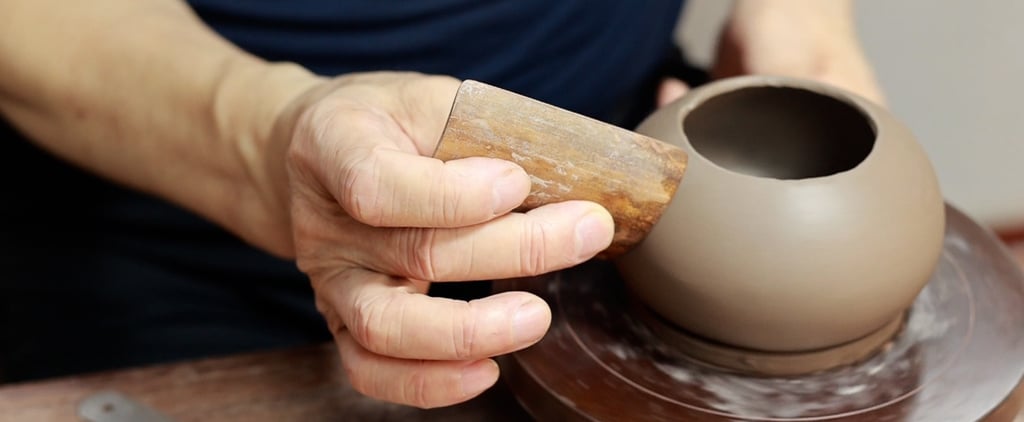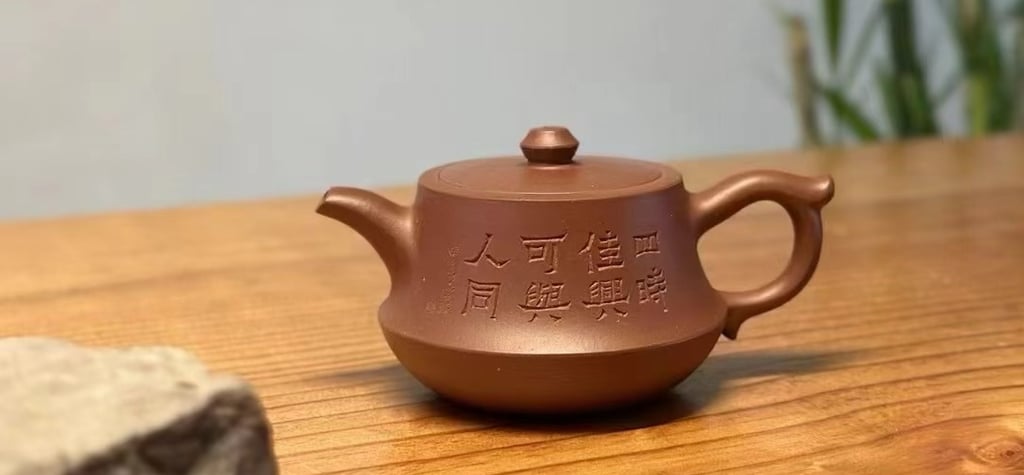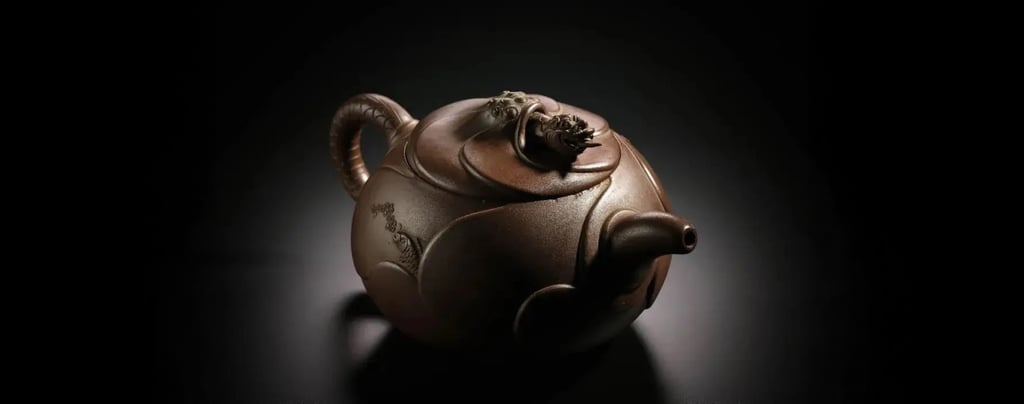What is The Art and Culture of Yixing Teapots
This article explores Yixing teapots, highlighting their history, craftsmanship, and cultural significance. Blending function and artistry, these unique clay teapots embody Chinese tea traditions and captivate collectors worldwide.
YIXING TEAPOTS
Let’s be real—if you’ve ever wondered why Yixing teapots are such a big deal, you’re not alone. Are they just fancy clay pots? Why do people pay so much for them? And do they really make tea taste better? Spoiler: Yes, they do. But there’s way more to it than that.
These teapots aren’t just about brewing tea—they’re about tradition, artistry, and a connection to something deeper. In this article, we’ll break down the history, craftsmanship, and cultural importance of Yixing teapots without any fluff.
Understanding the Art and Culture of Yixing Teapots
Historical Significance of Yixing Teapots
So, why are these teapots so special? It starts with the clay—a rare and malleable material that’s perfect for crafting teaware. This clay isn’t just durable; it’s porous, which means it absorbs tea oils over time, creating a pot that enhances flavour with every brew.
Back in the Ming dynasty, poet Li Yu famously said, “Nothing is better for brewing tea than a Yixing teapot, and none excels the Yixing variety.” That wasn’t just hype—it was centuries of wisdom packed into one statement.
During this time, Yixing wasn’t just a clay source; it was a hub of culture and craftsmanship. The teapots became symbols of refinement and elegance, valued by scholars, collectors, and tea enthusiasts alike.


Cultural and Artistic Evolution of Yixing Teapots
By the Ming and Qing dynasties, Yixing teapots became more than just tools—they became status symbols. The literati class, a group of scholars and artists, fell in love with them. Owning a finely crafted Yixing teapot wasn’t just about drinking tea—it was about appreciating poetry, calligraphy, painting, and seal carving, all art forms often found decorating these pots.
What’s even more fascinating is how these teapots started fetching prices comparable to gold. Think about it: something as humble as a clay pot was being valued as highly as precious metal. That’s the power of true craftsmanship.
The Beauty of Yixing Teapots: Material and Design
If you’ve ever held a Yixing teapot in your hands, you know there’s something different about it. The clay comes in earthy tones—purple, yellow, and red—each shade adding its own personality to the pot.
But it’s not just about looks. The porous nature of the clay allows the teapot to “breathe,” enhancing the tea’s aroma and flavour with every brew. Over time, a well-used Yixing teapot almost becomes a tea-infused relic—no soap, no scrubbing, just pure tea history in every pour.
The designs? Endless. From elegant curves to bold, intricate carvings, every pot is a statement piece. And behind each one is a craftsman pouring their time, skill, and passion into creating something that balances form and function perfectly.


Conclusion
At the end of the day, Yixing teapots are far more than clay vessels—they’re cultural treasures. They bring together history, art, and practicality in a way few objects can.
From their unique clay composition to their stunning designs and deep cultural roots, Yixing teapots are timeless pieces that continue to capture hearts worldwide. Whether you’re a tea enthusiast, an art collector, or just someone who appreciates quality craftsmanship, these teapots have something for you.
So next time you sip tea from a Yixing teapot, remember—you’re not just drinking tea. You’re tasting history.
FAQs
1. Why are Yixing teapots so expensive?
Because they’re crafted from rare clay, handmade by skilled artisans, and often treated as pieces of art.
2. Do Yixing teapots really make tea taste better?
Yes! The porous clay absorbs tea oils, enhancing the flavour with every brew.
3. How do you care for a Yixing teapot?
No soap, ever. Just rinse it with hot water and let it air dry.
4. Can you use one Yixing teapot for different teas?
Ideally, no. Each pot should be dedicated to one type of tea to prevent flavour mixing.
5. Are Yixing teapots a good investment?
Absolutely. Well-crafted Yixing teapots often appreciate in value over time.
The art and culture of Yixing teapots isn’t just about tea—it’s about connecting with history, tradition, and artistry. And that’s something worth sipping on.


